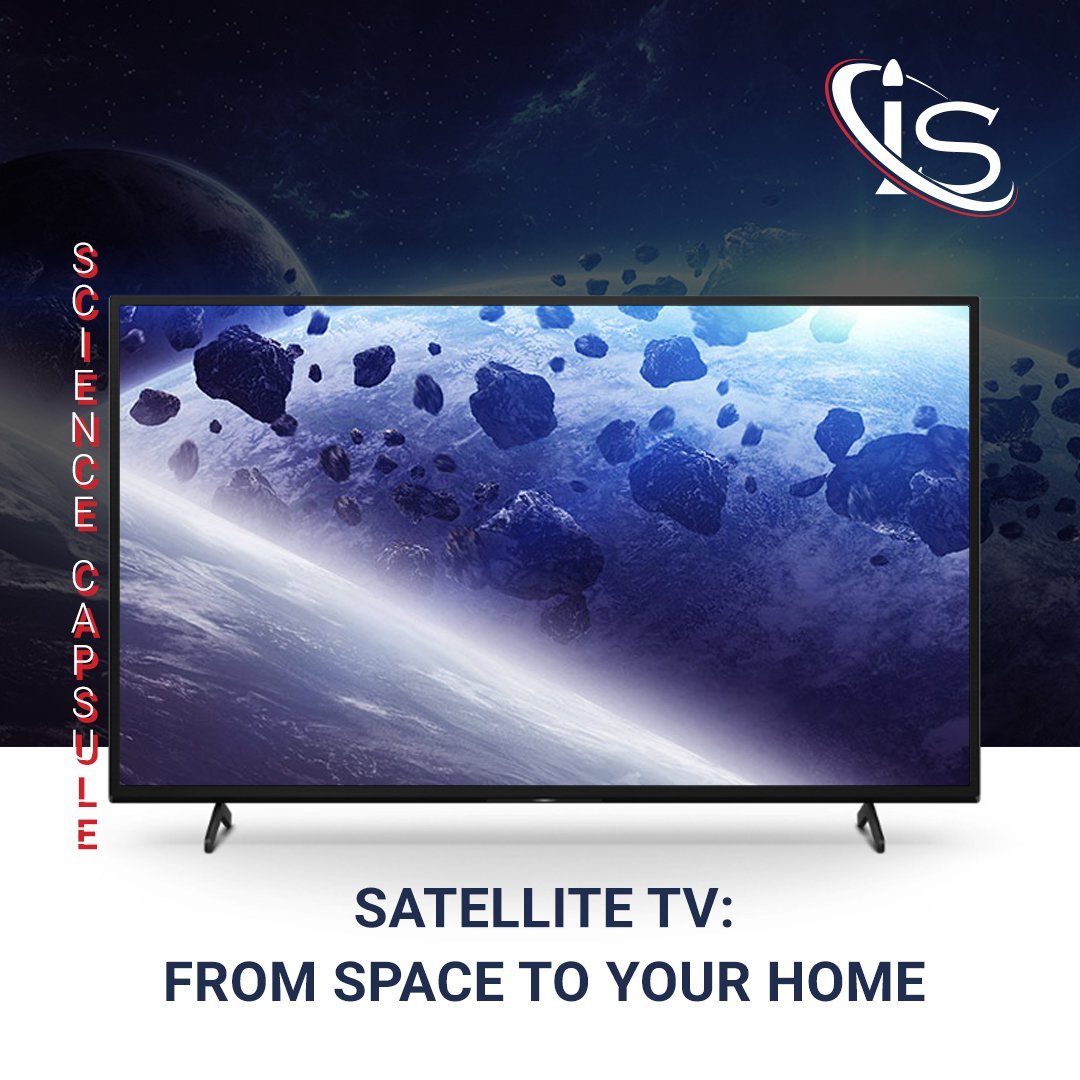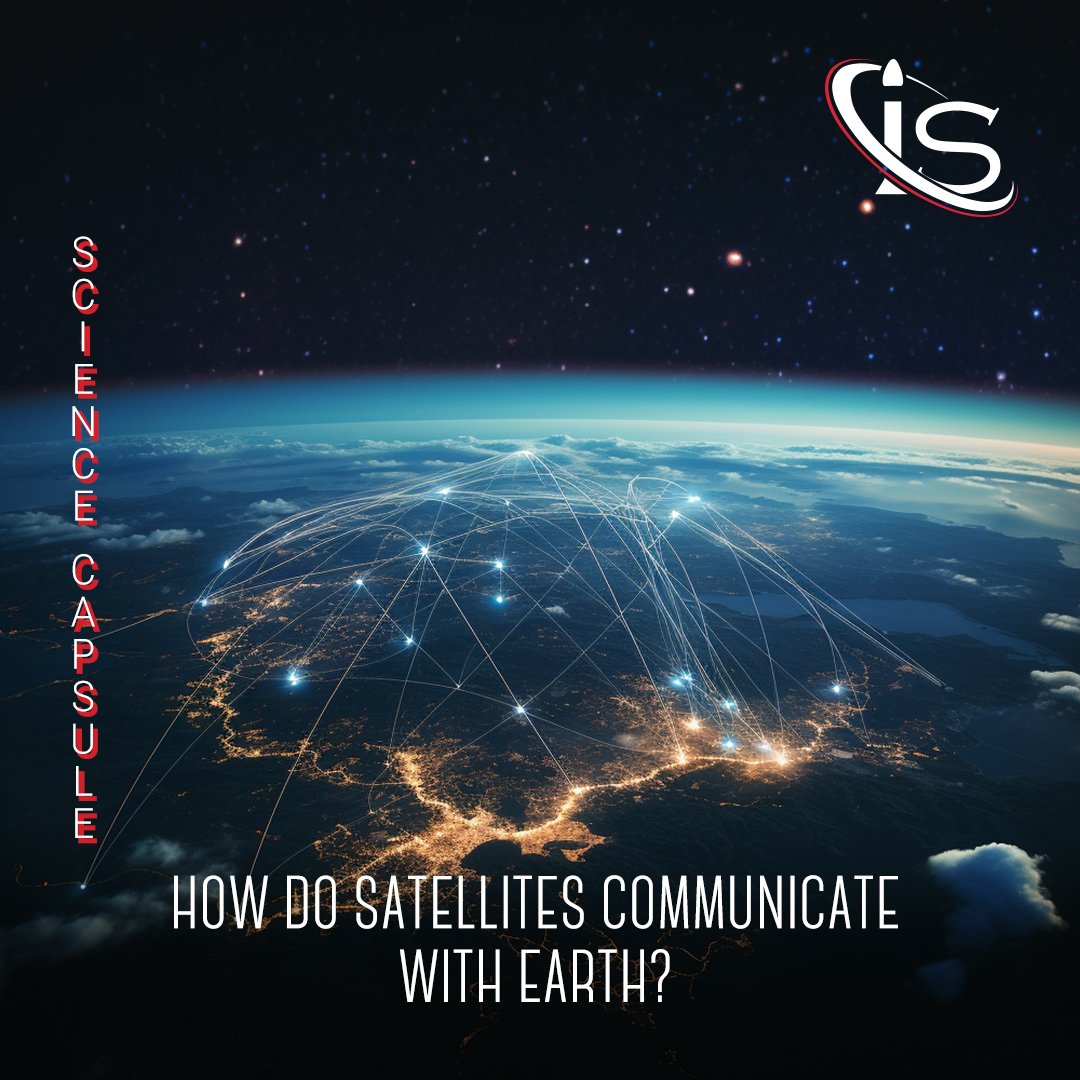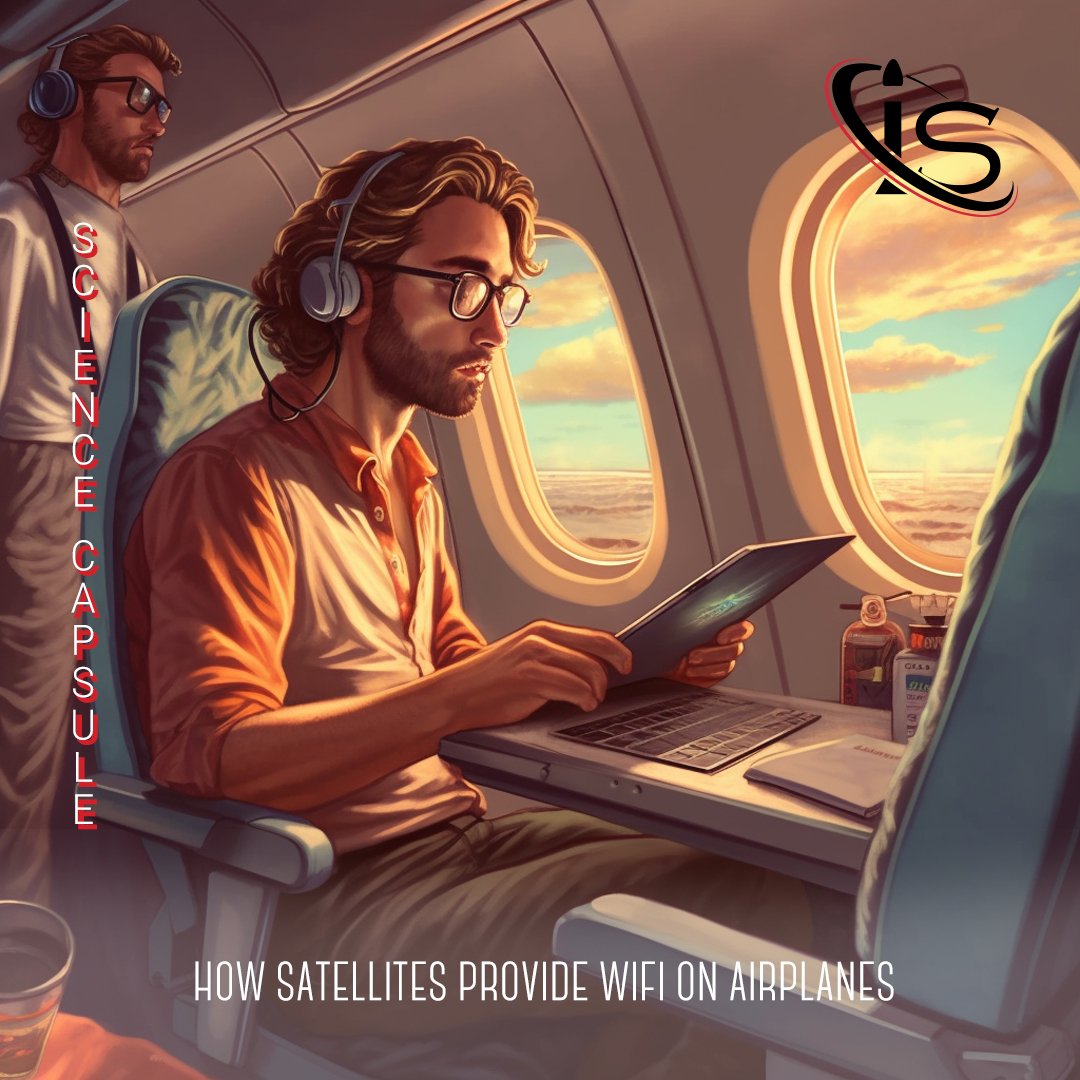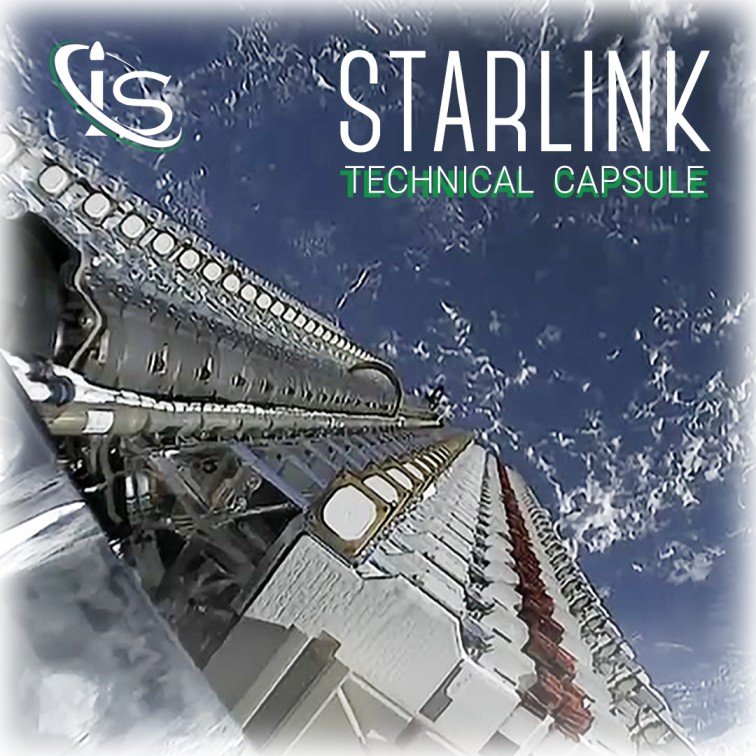Welcome, everyone, to the third and final part of our satellite internet series. In the previous two capsules, we discussed the basics of how satellites provide internet signals and how that applies to a fast-moving vehicle, like a plane. Today will be on a similar wavelength (as always, pun very much intended), just with boats replacing airplanes. However, as some of the concepts will be very similar to last week, the focus will be more on the history of this industry. And that is simply because Wi-Fi on boats predates that on planes.
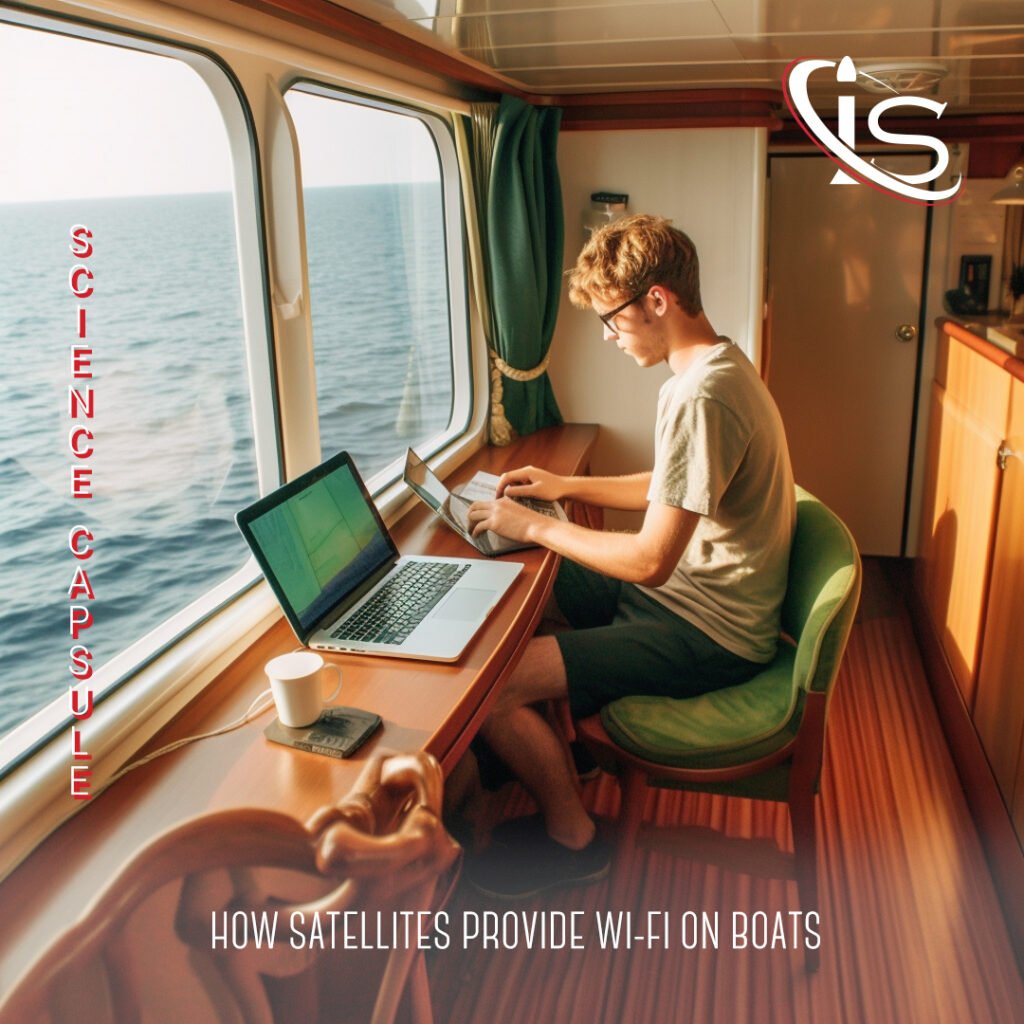
The Origins
We just said that boats were able to receive internet signals before planes, but why exactly is that? To answer this, it is important to remember how satellite internet works. The signal gets sent from some central hub to a satellite, which then redistributes it to the individual antennae. Furthermore, unlike a TV antenna, the receiving dish needs to be able to send a signal back to the satellite. These were all concepts that were explored in the first capsule, however, so I will not delve further here. Still, these traits are a crucial part of why boats were able to access internet first.
Since they were already equipped with mandatory antennae that could pick up and transmit radio signals, the technology for satellite internet was already present. After all, boats needed to be able to communicate with people on land. And while planes also require that same ability, the way they did this was slightly different. Therefore, it only made sense that boats were chosen to be the testing ground for this new way of receiving internet signals.
The Dawn of Wi-Fi on Boats
Much like any satellite signal, one of the big parts to figure out is which band it will transmit in. As for Wi-Fi on boats, it started off the same way as any satellite internet signal, using the C band. And while this did have its advantages — like C band transmissions being less affected by weather — it simply could not work as a long-term solution. So, companies started to figure out how to transmit in higher bands, particularly the Ku one. This is where SES comes in. However, before getting to that, it is probably a good idea to discuss what made the Ku band better in the long term than its C counterpart.
C vs Ku Bands
We already mentioned how C band transmissions are less affected by weather. So, why is Ku the default for most satellite internet signals? One of the big reasons is that it transmits in higher frequencies. This means that a Ku signal is better suited to carrying internet and streaming data. Another advantage this range of frequency holds is that it is much stronger in spot beam areas. This is especially useful when it comes to the internet signals. The reason being — as faithful impulso readers will remember — that almost all internet transmissions are in this format.
However, there is one more reason for Ku band signals being largely preferred over C band ones. Outside of some niches, of course. And that is size. Specifically, antenna size. Due to its frequency, the Ku band can be picked by much smaller antennae than the C band. In fact, many Ku antennae are 1 m in diameter, while their C counterparts measure in at 2.4-3.8 m. It should go without saying, that this compactness is especially appreciated by locations with size constraints, such as small boats. Therefore, it should come as no surprise that much of the maritime industry started focusing on using the Ku band transmissions.
The Forgotten L Band
Now that we finished discussing C vs Ku bands, there is something I have to say. I lied. Kind of. When I said that the C band was the first one used for boats, that was not entirely true. In fact, before their communication systems were used for internet connection, as well, their only purpose was mandatory emergency services. And these used to be transmitted in the L band, which has a much lower ability to carry data than either the C or Ku ones. Still, as you may recall, it was these very same emergency communication devices that led to boats being the ideal testing ground for on-board Wi-Fi.
However, when these devices first started being used for internet connectivity as well, they still operated in the L band. In fact, the reason companies started moving away from the existing technology did not have to do with innovation. Instead, it was purely a business move. As more people were joining the race for new and improved boat internet services, the only way to compete was to move on from the old products. Still, that definitely was for the best for us clients. Using L band transmissions for any modern task that uses the internet sounds like an absolute nightmare. And as you may have guessed, one of the companies at the forefront of the new internet technology was SES.
SES and a New Way of Connecting
Not only did SES contribute to developing systems that operated in the C and Ku band, they even made some that utilize the Ka band. Unfortunately, this last frequency range is even more susceptible to outside factors like weather. Therefore, it will take some time before it starts replacing the other two.
MEO Internet Satellites
Another initiative that SES is a part of is utilizing satellites in MEO (Medium Earth Orbit), instead of GEO (Geostationary Orbit). The reasoning behind this is similar to what we discussed in part 1 of this “trilogy” with the fleets of satellites in LEO (Lower Earth Orbit). Having a location closer to Earth leads to a reduced latency — the time delay for a signal to travel from a satellite to the ground. Of course, just like is the case with LEO, more satellites need to be placed in MEO to cover the same amount of area as GEO ones. However, as MEO is in-between LEO and GEO, it also offers an in-between solution.
While it does not require as many satellites as an LEO fleet, it also has more latency than its LEO counterpart. However, it still provides faster internet speeds than GEO satellites would. Interestingly, the reason boats were among the first to benefit from MEO internet satellites has to do with their transmission systems, yet again. Due to the fact that boats were already required to send and pick up signals while moving, the technology aboard also facilitated doing the same for moving satellites.
Of course, this type of service was then extended to internet users on land. This was part of the O3B initiative by Greg Wyler — also the founder of OneWeb. This had the goal of providing internet services to the “Other 3 Billion” users that could not get it through normal means.
The End of a Trilogy
That will do it for this science capsule. I hope you enjoyed learning more about satellite internet in this “capsule trilogy”. As always, we will be back with another capsule next Wednesday, right here, at impulso.space. “See you” all then.


